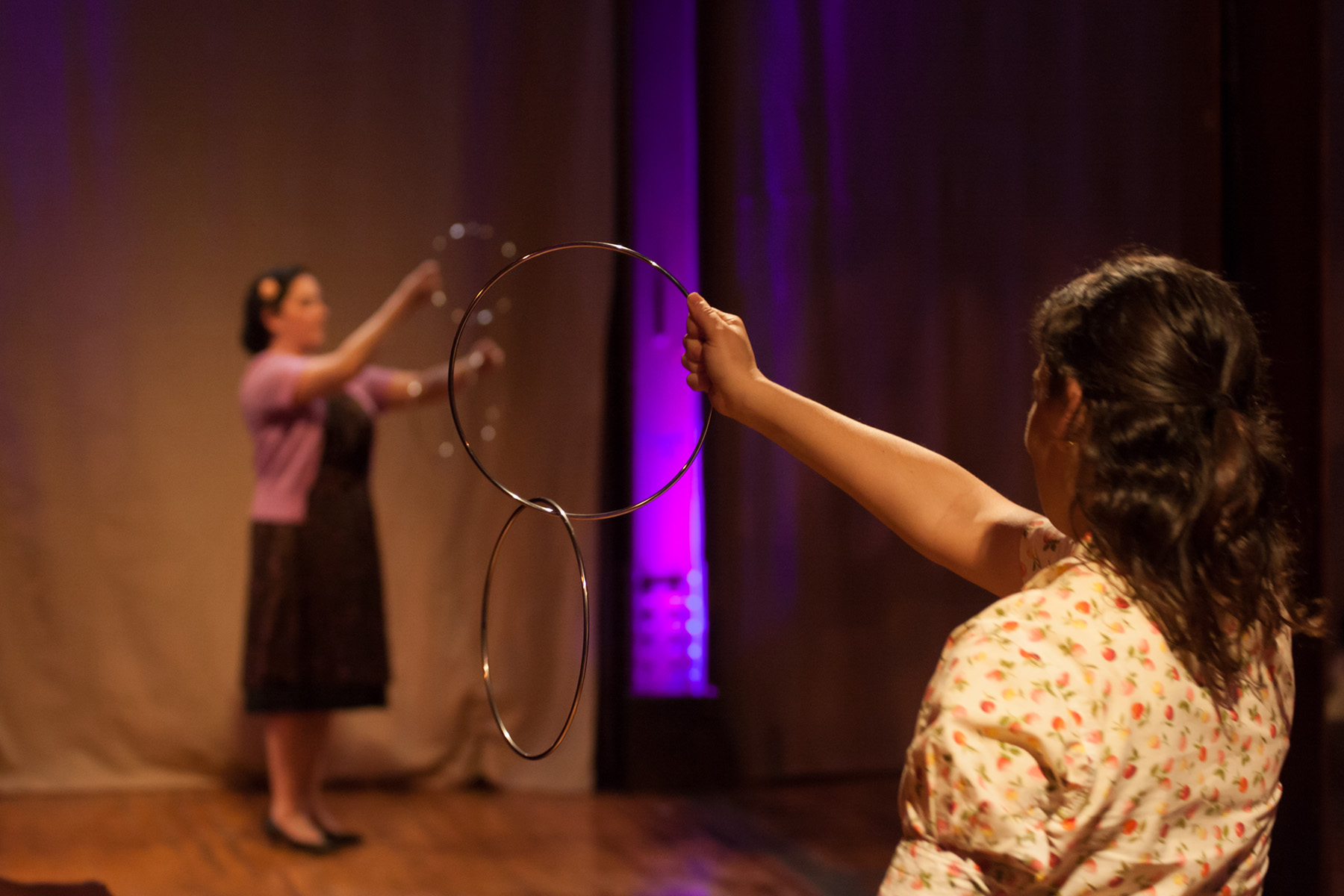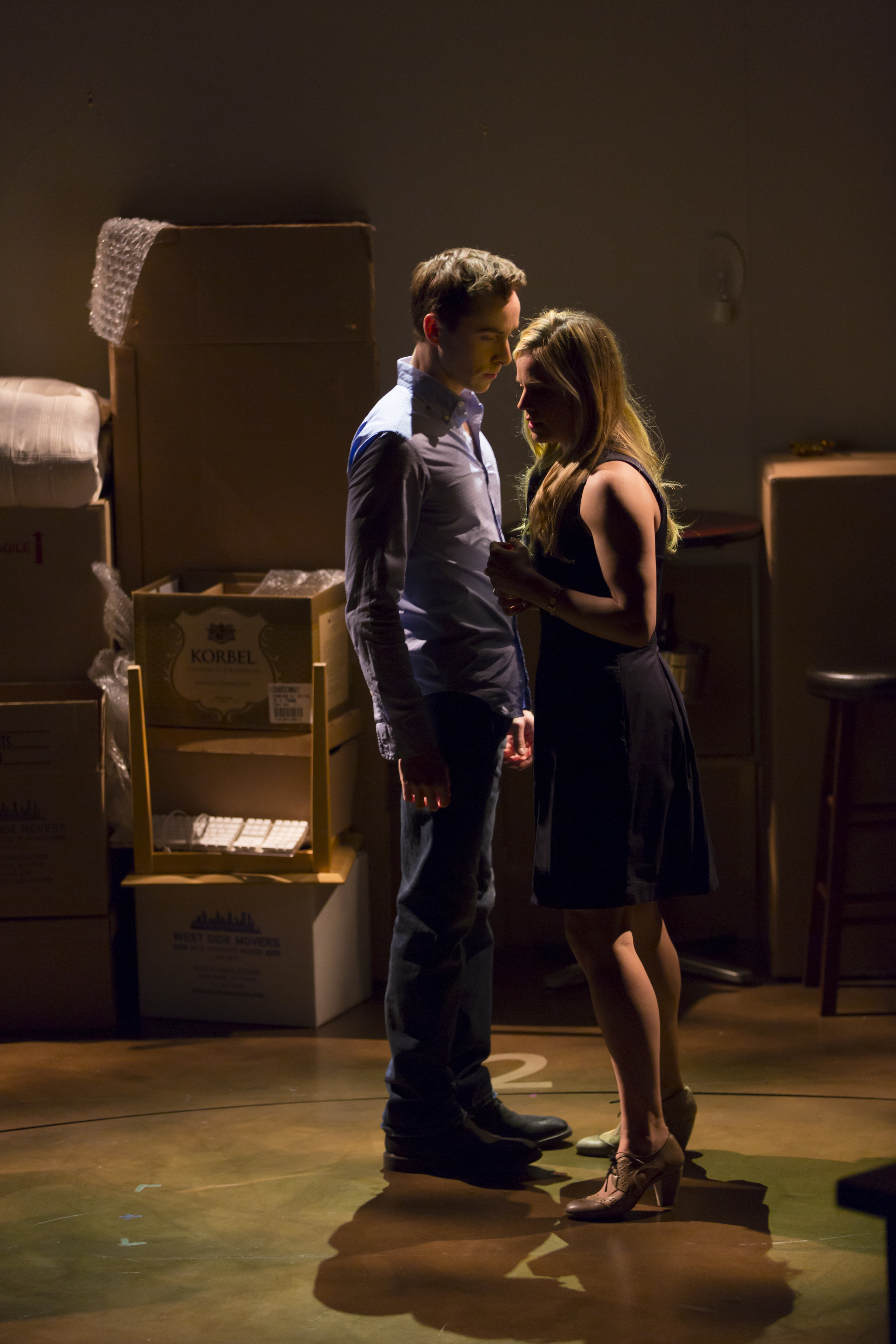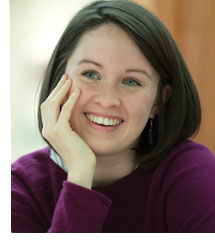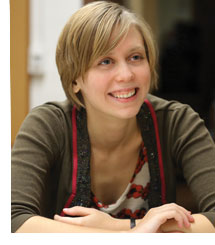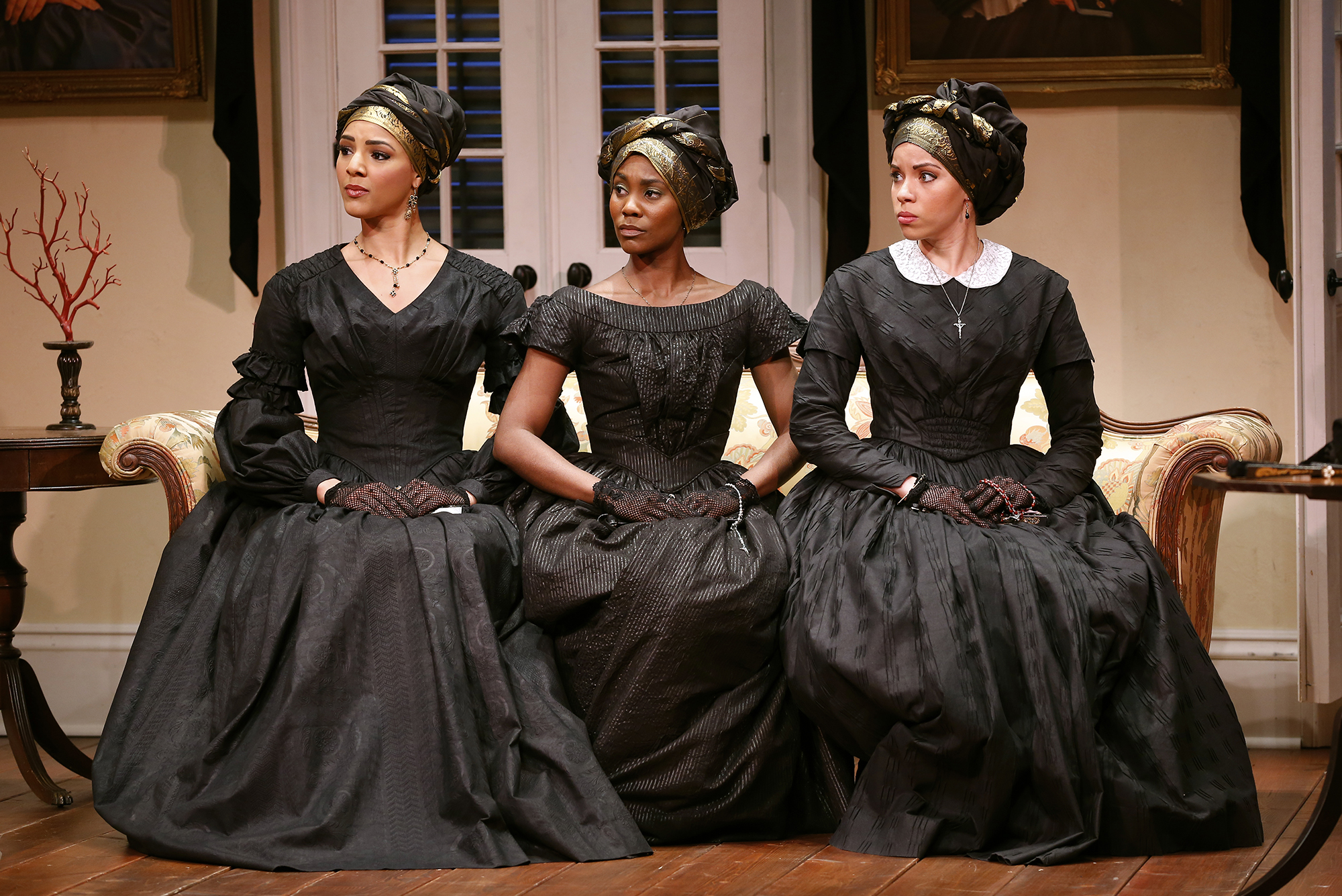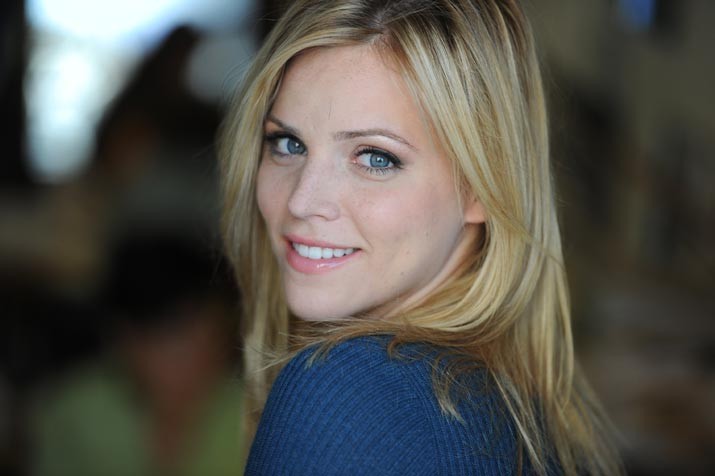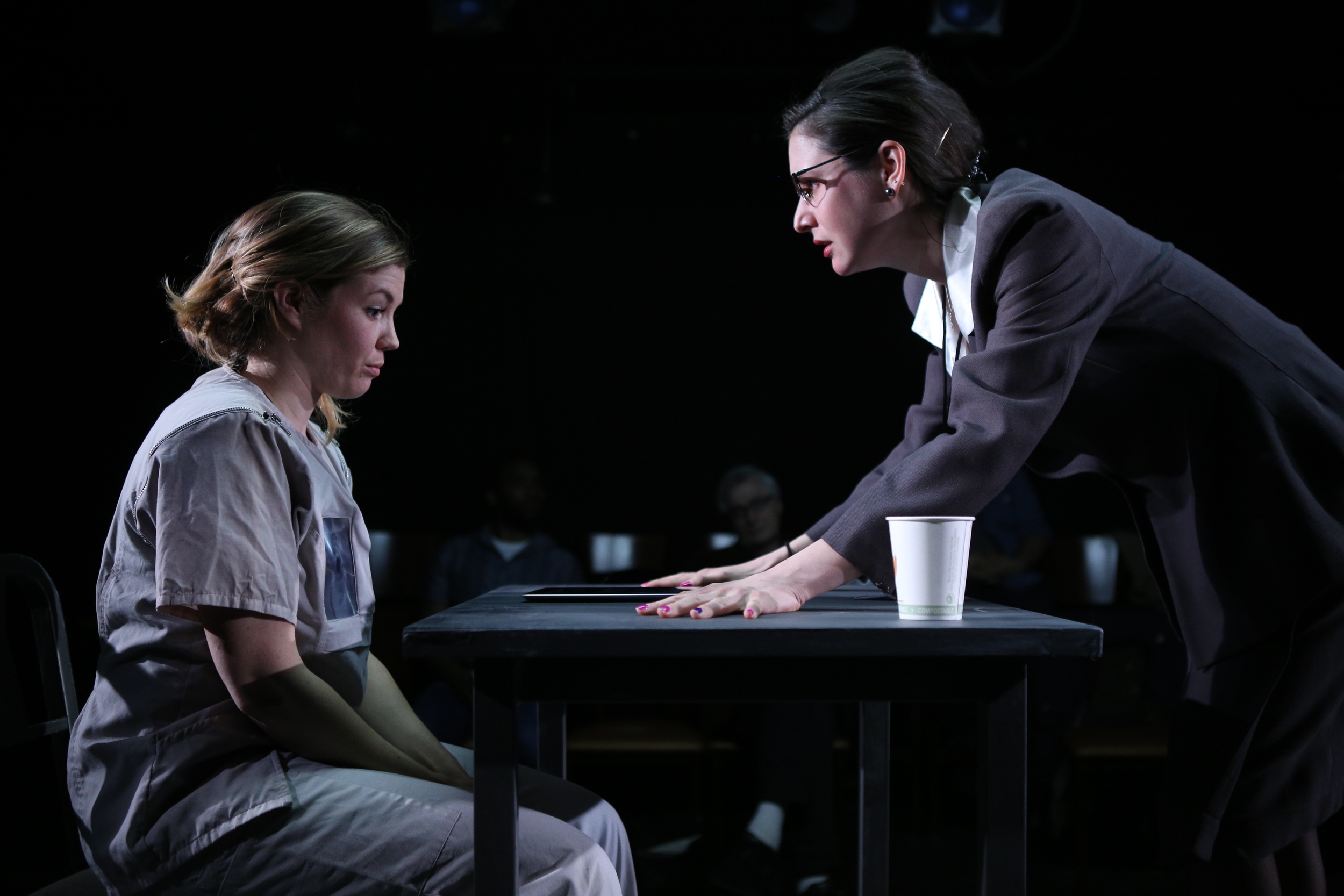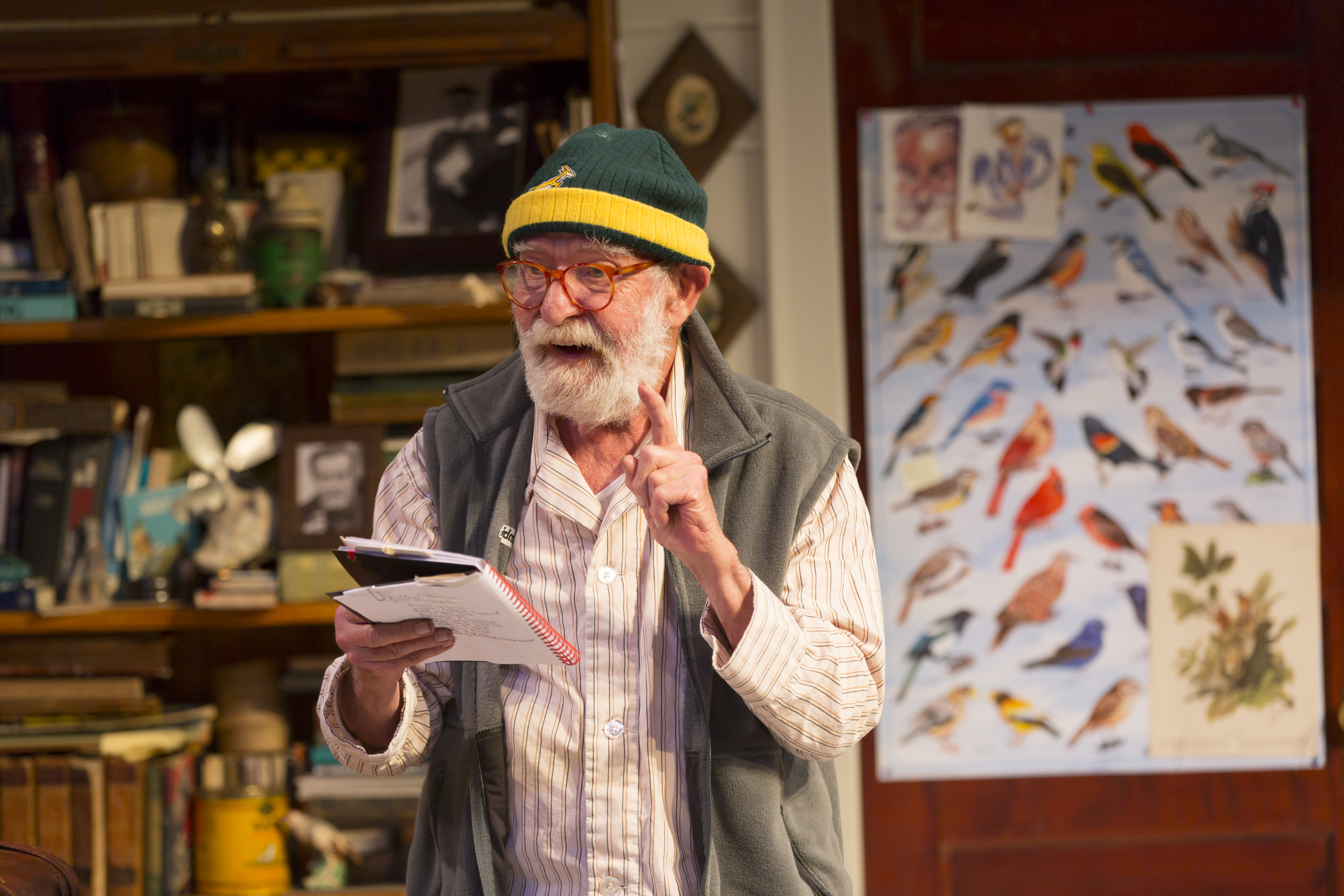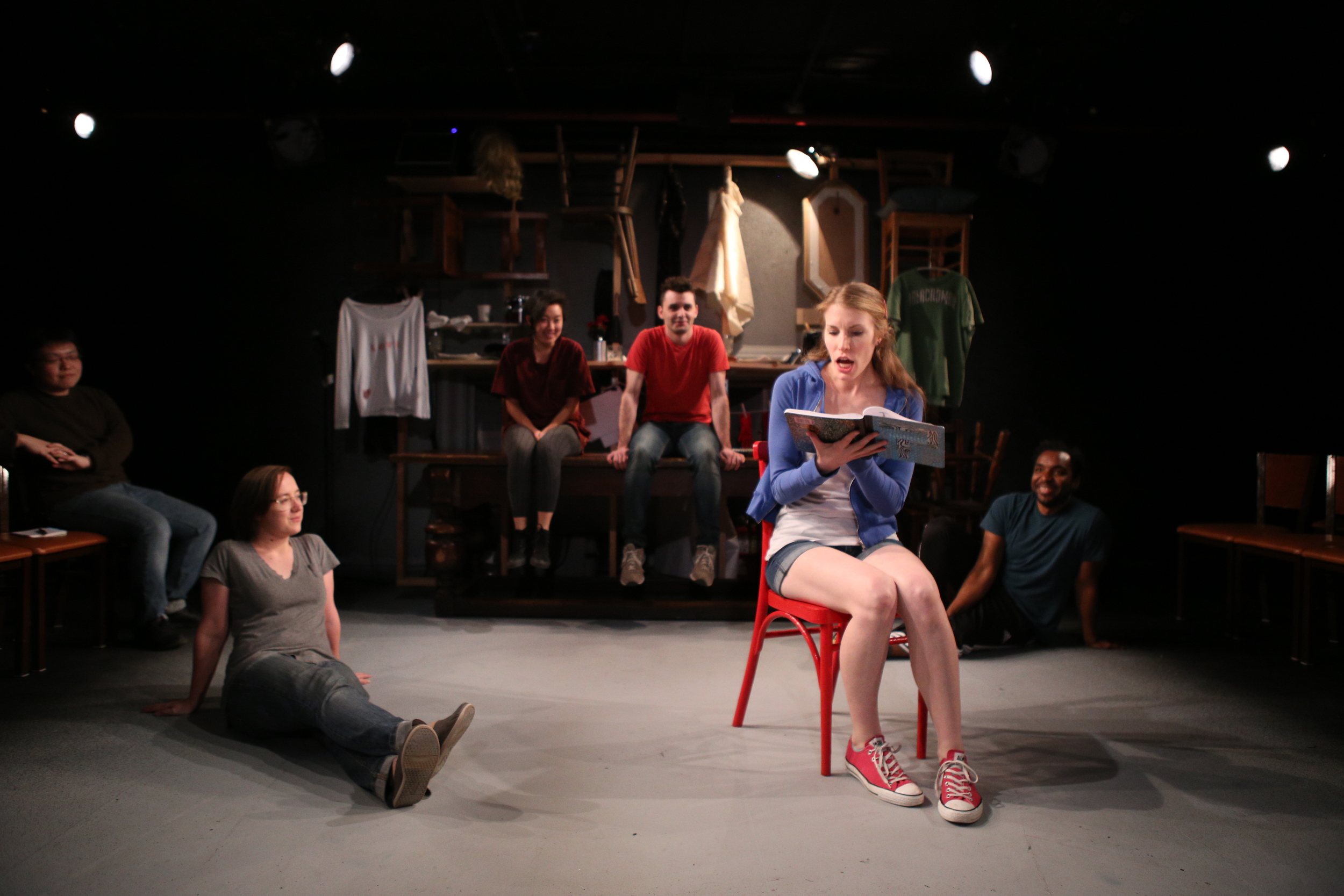The Broken Umbrella Theatre’s Gilbert the Great harkens to the time of the heroic inventor, impresario, businessman, marketer, and employer that we could call the Golden Age of American business. Set in 1954, it takes us back to when a big employer like the A. C. Gilbert Company, which began in New Haven about 100 years ago, was seen as a mentor and friend to its employees. Gilbert is not a faceless bureaucrat or big-ticket CEO looking for the next company to exploit on his climb to the top. This is the era when a business was founded and overseen, from beginning to end, by its boss. Gilbert, besides being a great success story in his own right—paying for a Yale education by doing magic tricks, and, no, that’s not a metaphor—was also the man behind a very successful local business that was, in its heyday, the area’s biggest employer. How to make the life and life’s work of such a man the stuff of drama? Broken Umbrella’s playwrights Jes Mack and Charlie Alexander take the sensible approach of a central situation—an unlikely, ad hoc aggregate of employees (Lisa Daly, Ryan Gardner, Rachel Alderman, Matthew Gaffney, Lou Mangini) trying to come up with the next “kit”—interleaved with a variety of moments from Gilbert’s life. Gilbert, we learn, was about much more than the linchpin of his legacy: the Erector set and its various kits. With its “hey, boys” ads, the Erector set was the kind of toy that appealed to the U.S.’s “can do” attitude toward the vast building projects and engineering ingenuity that got us through two World Wars and a Depression. Gilbert, then, becomes a figure for the heroic aspects of “the American century” itself, and he fits the bill well.
Begin with how the Umbrella troupe handles Gilbert’s athleticism. We’re talking about an Olympic gold medalist here, and one of the pleasures of the show is to watch Matthew Gaffney go through some carefully staged and choreographed athletic feats. This, we should stress, is a very lively and physical show, and the big airy space in Erector Square (once the site of Gilbert’s company) is ideal for accommodating the quick shifts among the various bits that make up the tale. There are chin ups, pole vaults, and long jumps and, for laughs, the troupe putting on gag-British accents when we visit the London Olympics.
And that’s not all. Actual magic tricks are featured, involving rings and bags, and a very entertaining moment with Rachel Alderman as the magician who inspires Gilbert to become a magician in his own right (and to design and sell a highly successful magic kit for kids). Extended comic hi-jinx include the first scene, where the various members of the cast take the stage in succession and then hide from each other. And, one of my favorite parts, Alderman and Daly as Gilbert’s daughters trying desperately to impress their impresario dad—“I think I’ll go build the George Washington Bridge,” one says, as he ignores their efforts and continues to pine for a son. It’s a comic reminder to young girls in the audience that the world Gilbert inhabited was, when it came to impressive accomplishments, all about the guys.
The show manages to impart its admiration of Gilbert and all he accomplished while also allowing us to laugh at some of the assumptions from the past. An aid to all this is Ryan Gardner’s comic abilities—whether he’s playing young Gilbert as an aw-shucks kid of the times or enacting a cigar-wielding Southern Congressman weighing Gilbert’s pleas for continued toy manufacture during wartimes, Gardner keeps it all in good fun. Lou Mangini, meanwhile, handles more of the straight roles, such as Old Man Gilbert looking on at his son’s enthusiasms, while Lisa Daly gets to play Gilbert’s wife Betty, bringing in the romantic aspects of wartime correspondence.
Lights—including a segment by flashlight—props, like great trunks and an imposing Erector set structure, costumes, and decorations (like the posters on the wall and the attractive playbill) all add to the experience . . . and the troupe’s mode of exit after a job well done is particularly appealing.
Fast, loose, with an almost telepathic sense of how to make its multiple character scenes, occurring in multiple locations, jell to impart information and entertain, Gilbert the Great is a fittingly ambitious tribute to this many-sided patriarch.
Gilbert the Great shows the next two weekends, Friday through Sunday.
Gilbert the Great Conceived and created by A Broken Umbrella Theatre
Erector Square 315 Peck Street, Building 5, Floor 2 New Haven
May 23 & 30, June 6: 8 p.m. May 24 & 31, June 7: 2 p.m. & 8 p.m. May 25, June 1 & 8: 4 p.m.
Photos by Joey Moro, courtesy of A Broken Umbrella Theatre

